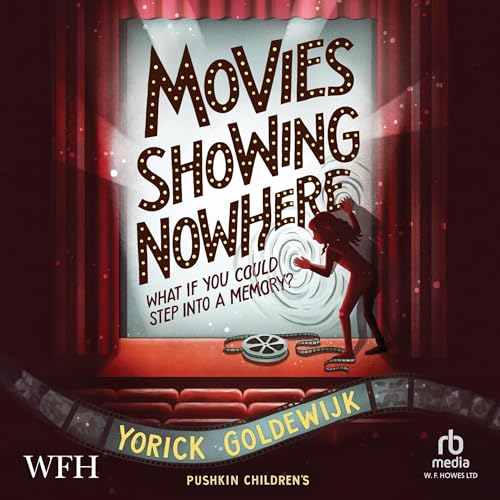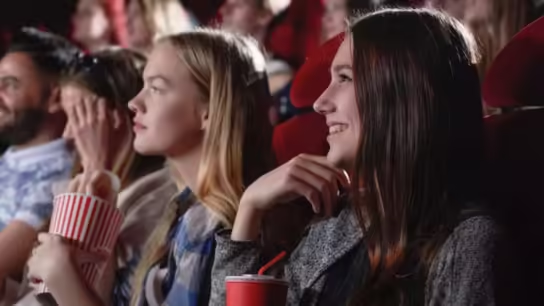Movies have been a cornerstone of entertainment for over a century, captivating audiences with stories that evoke laughter, tears, and everything in between. From the early days of silent films to today’s blockbuster epics, the evolution of cinema has been a journey marked by technological advancements, artistic innovations, and societal reflections.
A Cinematic Journey Through Time
The concept of “movies showing” encompasses the rich tapestry of films that grace screens around the world, from neighborhood theaters to streaming platforms. Each movie showing is not just an isolated event but a part of a larger narrative within the realm of cinema.
- Early Beginnings: The birth of cinema in the late 19th century brought about short, silent films that mesmerized audiences with their novelty. These early movies, often accompanied by live music, laid the groundwork for storytelling through moving images.
- Golden Age: The 1930s to the 1950s marked Hollywood’s Golden Age, where classic films such as “Gone with the Wind” and “Casablanca” defined storytelling excellence. This era saw the rise of iconic stars like Clark Gable, Audrey Hepburn, and Humphrey Bogart, whose performances shaped the cinematic landscape.
- New Waves and Movements: The 1960s and 1970s witnessed the emergence of New Hollywood and international cinema movements. Directors like Martin Scorsese, Francis Ford Coppola, and Akira Kurosawa challenged conventions with gritty realism, bold narratives, and groundbreaking techniques.
- Modern Era: From the 1980s onwards, advancements in technology revolutionized filmmaking. Blockbusters such as “Star Wars” and “Jurassic Park” showcased the potential of special effects, while independent films like “Pulp Fiction” and “Crouching Tiger, Hidden Dragon” pushed boundaries in storytelling and style.
Diversity in Themes and Genres
Movies showing today reflect a diverse range of themes and genres, catering to varied tastes and cultural perspectives:
- Drama and Romance: Films like “Titanic” and “The Notebook” explore human emotions and relationships, capturing the intricacies of love and loss.
- Action and Adventure: Franchises like “James Bond” and “Marvel Cinematic Universe” offer adrenaline-pumping escapades with larger-than-life heroes and epic battles.
- Comedy: From slapstick humor to witty satire, comedies such as “Superbad” and “Bridesmaids” provide audiences with laughter and lighthearted entertainment.
- Fantasy and Sci-Fi: Worlds of imagination come alive in films like “The Lord of the Rings” and “Blade Runner,” transporting viewers to realms filled with magic, technology, and otherworldly beings.
Impact and Influence
Movies showing not only entertain but also shape societal norms, inspire cultural movements, and provoke thought. They serve as mirrors reflecting the human experience and as catalysts for dialogue on pressing issues.
- Social Commentary: Films like “Get Out” and “Parasite” challenge perceptions of race, class, and identity, sparking conversations about systemic injustices and societal divides.
- Global Reach: The global appeal of movies transcends borders, with international films like “Crouching Tiger, Hidden Dragon” and “Amélie” crossing cultural barriers to resonate with audiences worldwide.
The Future of Movies Showing
As technology continues to evolve, so too does the cinematic experience. Virtual reality, AI-driven storytelling, and interactive narratives promise to redefine how audiences engage with movies. Yet, amidst these innovations, the core allure of movies showing—capturing the human experience in all its complexity—remains steadfast.
In conclusion, movies showing are not merely entertainment but a reflection of our collective imagination, creativity, and cultural heritage. Whether you’re sitting in a crowded theater or streaming from the comfort of home, each movie showing invites us on a journey—an emotional rollercoaster, a philosophical debate, or a visual spectacle—that enriches our lives and expands our horizons.
So, the next time you catch a glimpse of “movies showing,” remember that you’re not just watching a film—you’re experiencing a piece of cinematic history unfold before your eyes.





